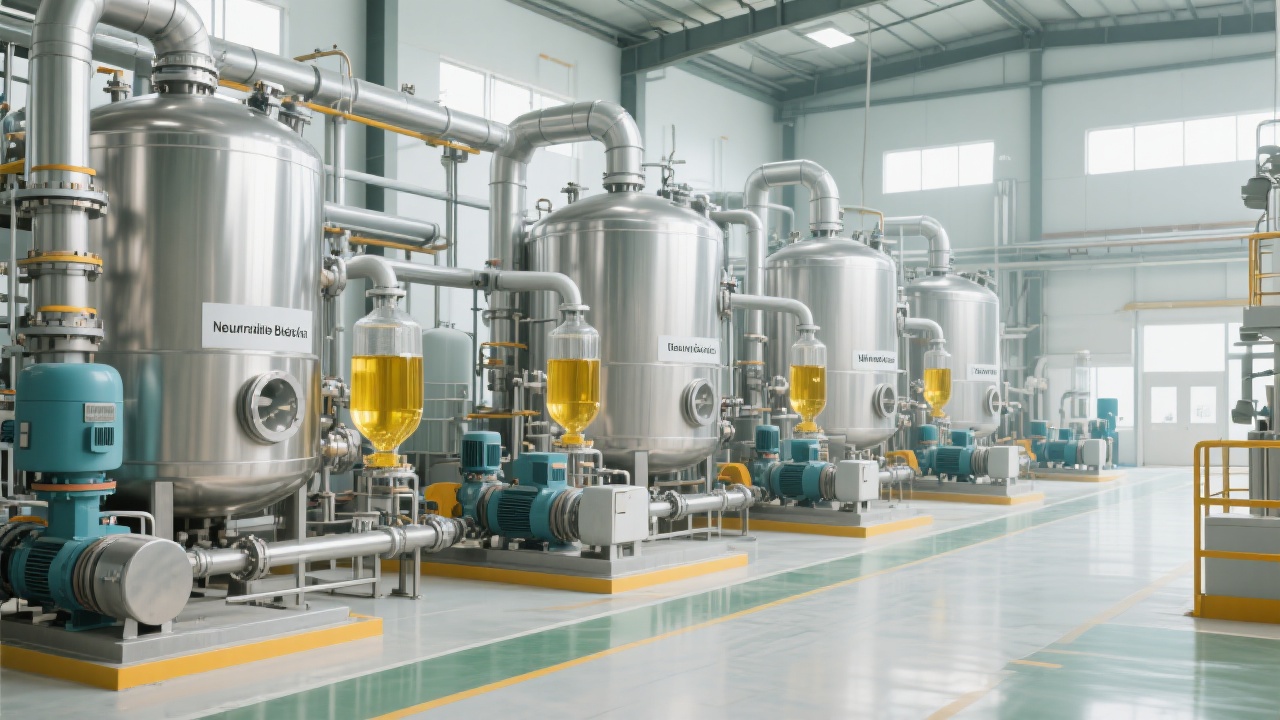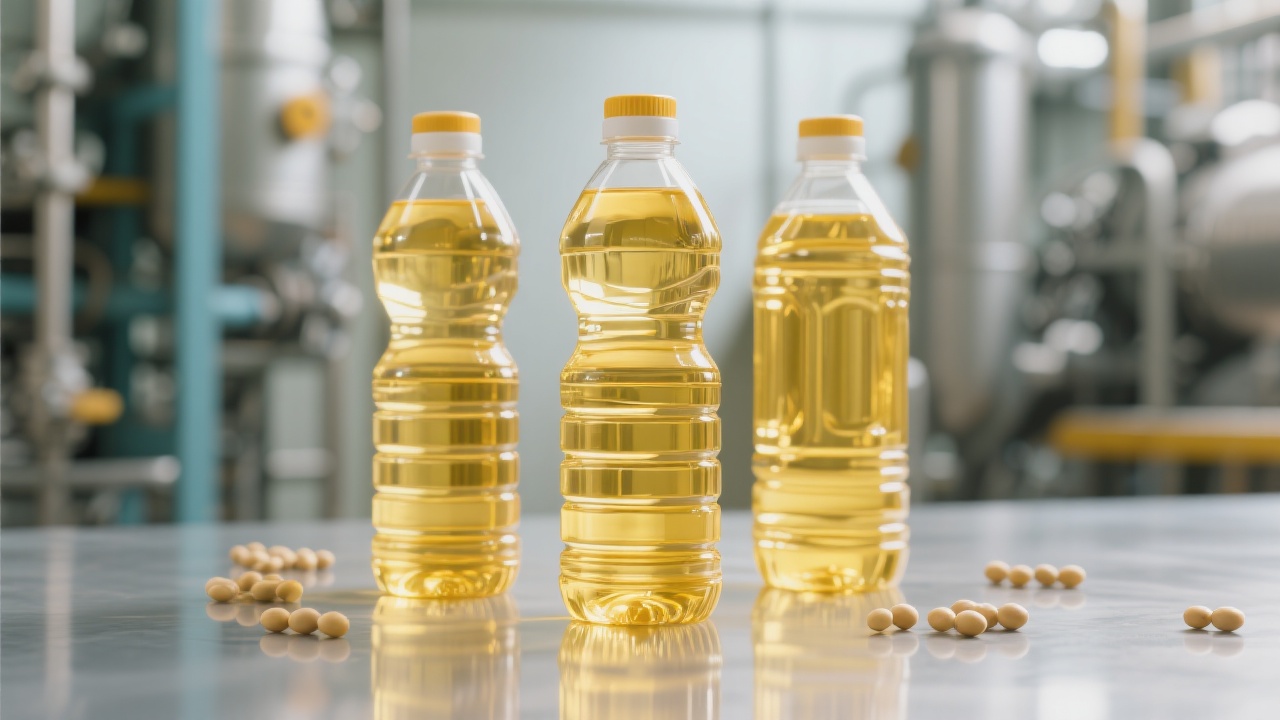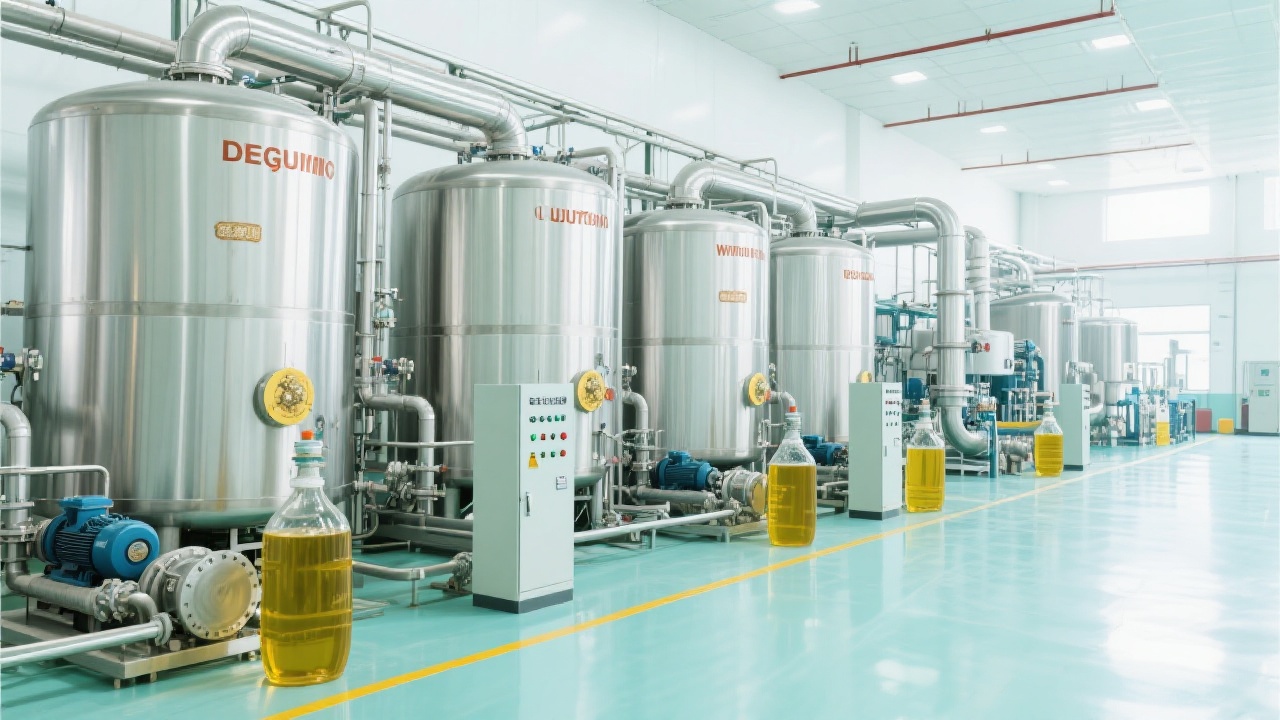
In the refining process of rice bran oil, degumming is a crucial step that significantly impacts the quality of the final product. There are two main degumming methods: physical and chemical. Physical degumming mainly relies on the difference in solubility and density of phospholipids and other colloidal substances in the oil. By heating and centrifugation, phospholipids and other impurities are separated from the oil. For example, in a typical physical degumming process, the oil is heated to about 60 - 80°C, and then centrifuged at a speed of 3000 - 5000 rpm to remove the gums. This method is relatively simple and has low investment in equipment.

On the other hand, chemical degumming involves adding chemical reagents such as phosphoric acid or citric acid to the oil. These reagents react with phospholipids to form insoluble compounds, which can be removed by filtration or centrifugation. Chemical degumming can more thoroughly remove phospholipids and other impurities, but it requires more complex equipment and higher operating costs. For instance, when using phosphoric acid for chemical degumming, the addition amount is usually about 0.1 - 0.3% of the oil mass, and the reaction temperature is around 50 - 70°C.
The choice of degumming method has a significant impact on the quality of refined rice bran oil. In terms of oil purity, chemical degumming can generally achieve higher purity as it can remove more impurities. Physical degumming may leave some residual phospholipids, which may affect the long - term stability of the oil. Regarding oil stability, chemical degumming can improve the oxidation stability of the oil by removing oxidation - promoting substances. As for the color of the oil, physical degumming usually has less impact on the color, while chemical degumming may cause some color changes due to the reaction of reagents with oil components.
| Quality Indicator | Physical Degumming | Chemical Degumming |
|---|---|---|
| Oil Purity | Relatively lower, with some residual phospholipids | Higher, more impurities removed |
| Stability | Relatively lower, residual substances may promote oxidation | Higher, oxidation - promoting substances removed |
| Color | Less affected | May have some color changes |
When it comes to equipment selection for degumming, different types of equipment have different performance and application scenarios. For physical degumming, centrifuges are commonly used. High - speed centrifuges can quickly separate gums from the oil. For chemical degumming, mixing tanks and reactors are essential. These equipment can ensure the full reaction between reagents and oil.

The performance of the equipment directly affects the degumming effect. For example, a centrifuge with a high separation factor can achieve better separation results. When choosing equipment, food processing enterprises should consider factors such as production scale, product quality requirements, and cost - effectiveness.
In the industry, many food processing enterprises have achieved good results through reasonable degumming technology selection. For example, a certain enterprise initially used physical degumming, but the oil quality did not meet the market requirements. After switching to chemical degumming and optimizing the process parameters, the oil purity increased from 98% to 99.5%, and the oxidation stability was also significantly improved.

In addition, the degumming technology also has a synergistic effect with subsequent refining steps such as deacidification, decolorization, and deodorization. A good degumming process can reduce the load of subsequent steps and improve the overall refining efficiency.
If you are a food processing enterprise looking to optimize your rice bran oil refining process and produce high - quality rice bran oil, our professional solutions can help you achieve your goals. Click here to learn more about our advanced degumming technologies and equipment!

